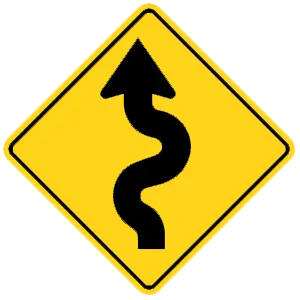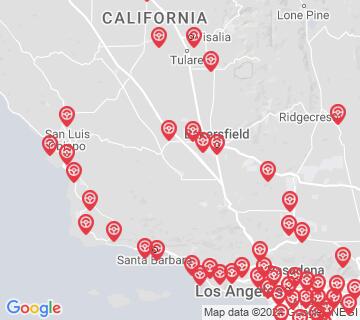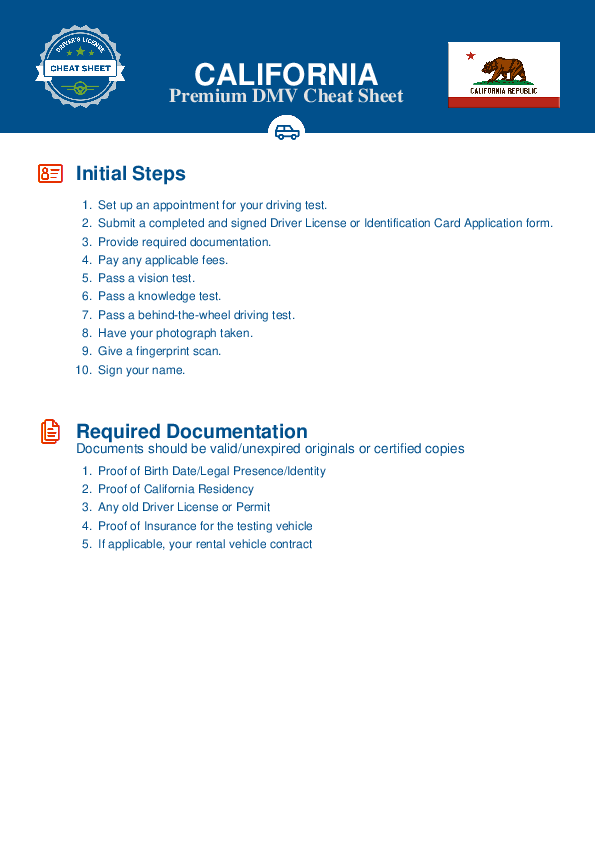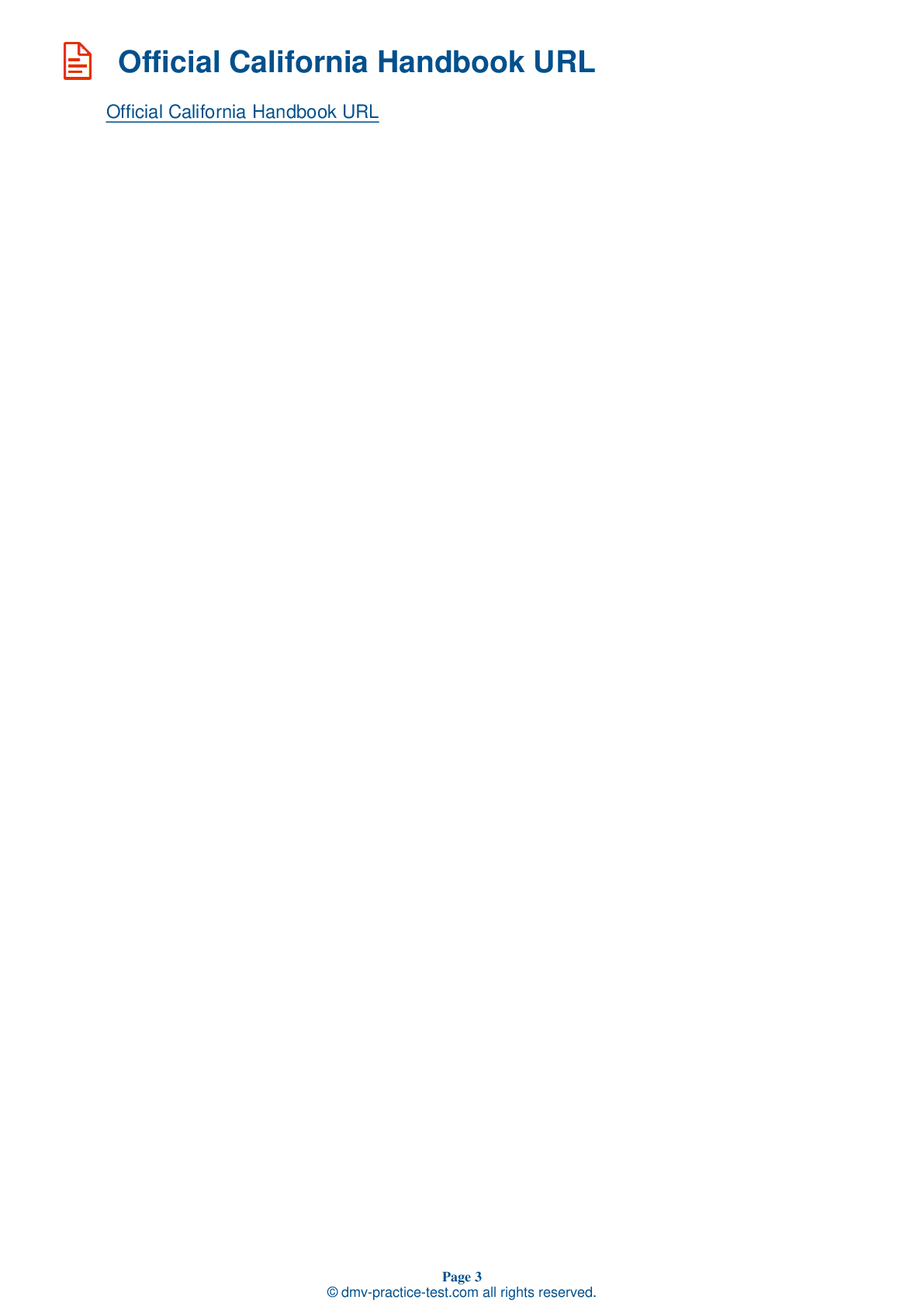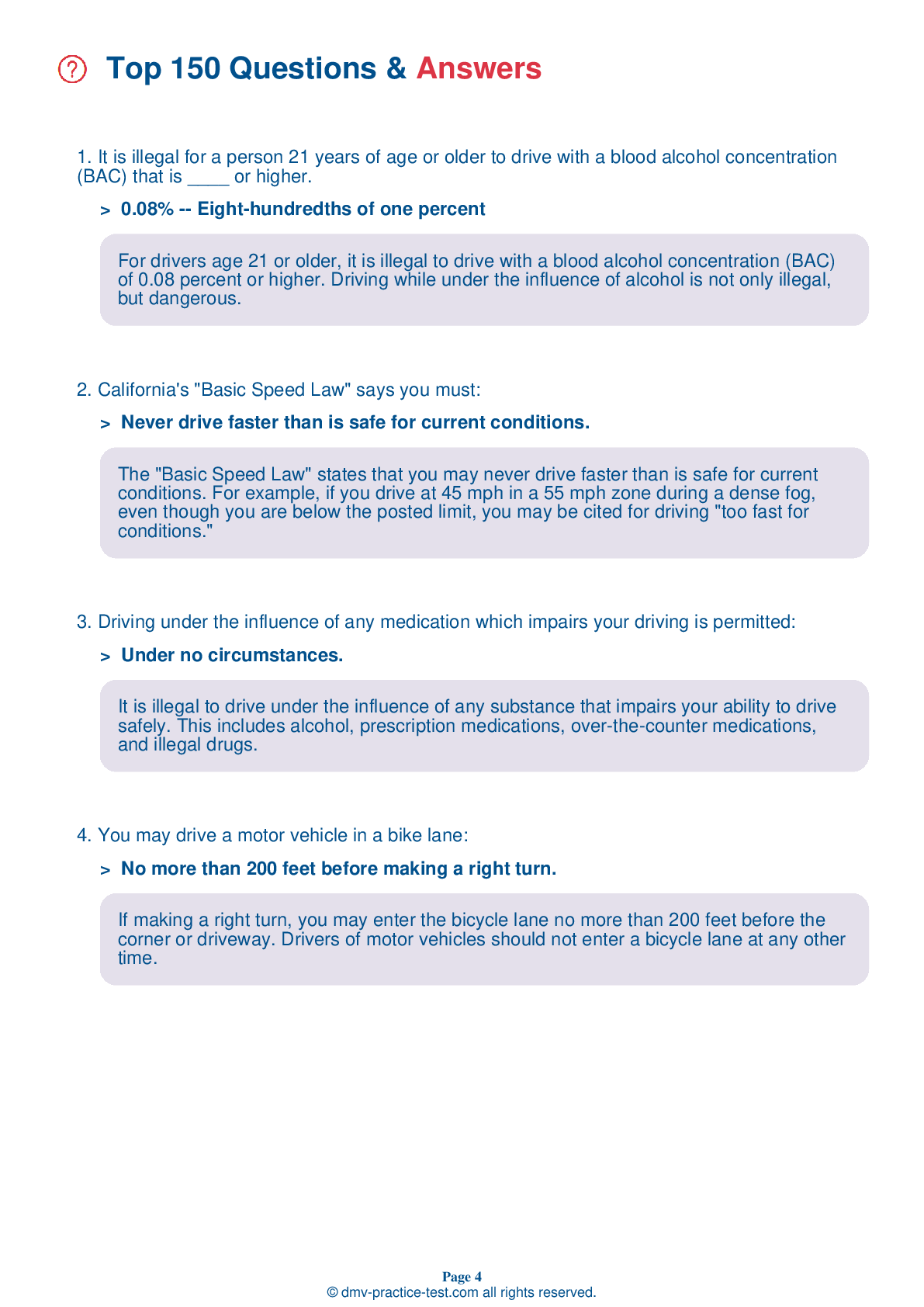FREE California DMV Practice Test #16 Page 7 of 6
This California DMV practice test includes 36 of the most vital road signs and rules questions taken directly from the official California Driver Handbook for 2025. Use genuine questions that are very similar (often identical!) to the DMV driving permit practice test and driver's license exam to prepare for the DMV driving permit test and driver's license exam.
To help you recall the topics, each ca dmv practice test question includes a hint and explanation. The written component of the official DMV test will consist of questions about regulations of the road, traffic signs, and driving statutes, as well as information from the Driver Handbook.
To get the required 83 percent passing score to be allowed to pass, you must correctly answer 38 out of 46 questions (or 30 out of 36 if you are over 18). Use this DMV practice exam to help you prepare for your California instruction permit or driver's license.
How does it work?
California residents using any form of testing help during the test will result in an automatic failure, and the DMV may take further action against your driving permit, so please don't cheat.
Ideally suited for:
- California Driver’s License
- Driver's Learner Permit in California
- CA Refresher Test for Senior Citizens CA
- CA Driver’s License Renewal
What to expect on the CA DMV exam:
- 36 questions
- To pass, you must have 30 accurate answers.
- a passing grade of 83%
- The minimum age to apply;15 ½
37 . This road sign means:
